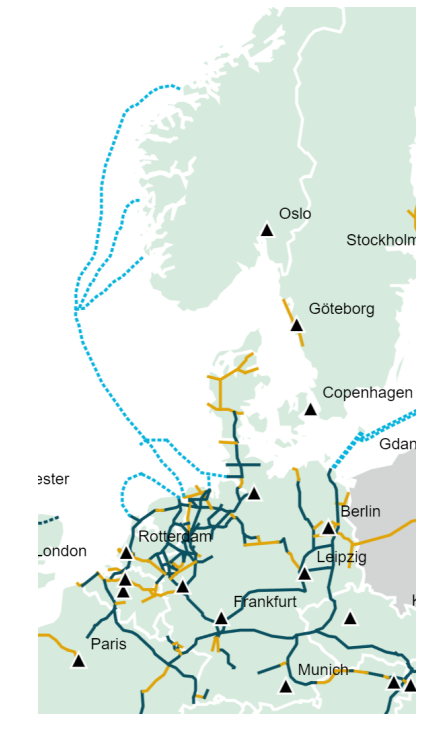D6.3 - Pathway and recommendations summary to enable wider injection of H2 in EU gas networks
The HIGGS project kick-off meeting in Aragon Hydrogen Foundation (Huesca, Spain) in January 2020 was less than four years ago, but the world has changed a lot since then. The coronavirus pandemic started almost at the same time as the project, and the Russian war of aggression against
Ukraine started on 24th February 2022. Both events are primarily of social and political significance, but their impact on industry and the energy sector in the European Union cannot be overestimated. Both events also had a huge impact on the hydrogen economy. The European Union responded to
the economic consequences of the coronavirus crisis at an early stage with the European Green Deal, which has been described as a “lifeline out of the coronavirus crisis”, and numerous measures based on or accompanying it, in order to strengthen the European economy in the crisis situation on
the one hand, and to take pioneering climate protection measures on the other. This approach was reinforced by the Russian war of aggression against Ukraine, which highlighted the problems of energy dependency.
This was followed by the REPowerEU plan in May 2022, which, among other things, further addressed the diversification of Europe’s energy supply and investment in renewable energy. In this way, the two catastrophic events acted as a catalyst for the transformation already underway towards the goal of climate neutrality. In this context, the issue of hydrogen and the implementation of a European hydrogen economy has also gained further momentum. In July 2020, the European Commission published “A Hydrogen Strategy for a Climate Neutral Europe”. At the same time, the Member States of the European Union also published their own hydrogen strategies and numerous research and demonstration projects moved the state of the art towards technical feasibility at an impressive pace. In this dynamic environment, research projects also faced the challenge of having to deal with changing framework conditions. This also meant that the HIGGS project had to respond to discussions at the political, business, scientific and societal levels. In order to do this, the project also carried out appropriate research and analysis. In this way, the HIGGS project, with its key messages, can contribute to the success of a rapid and safe ramp-up of the hydrogen economy.


